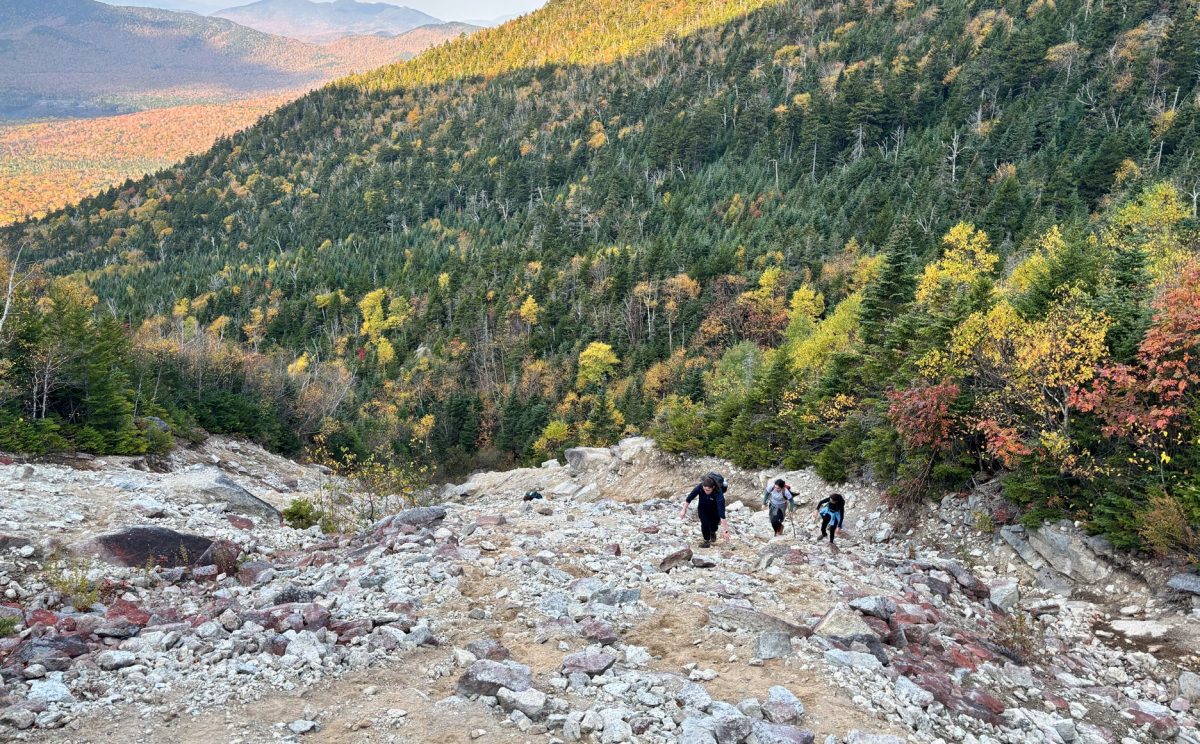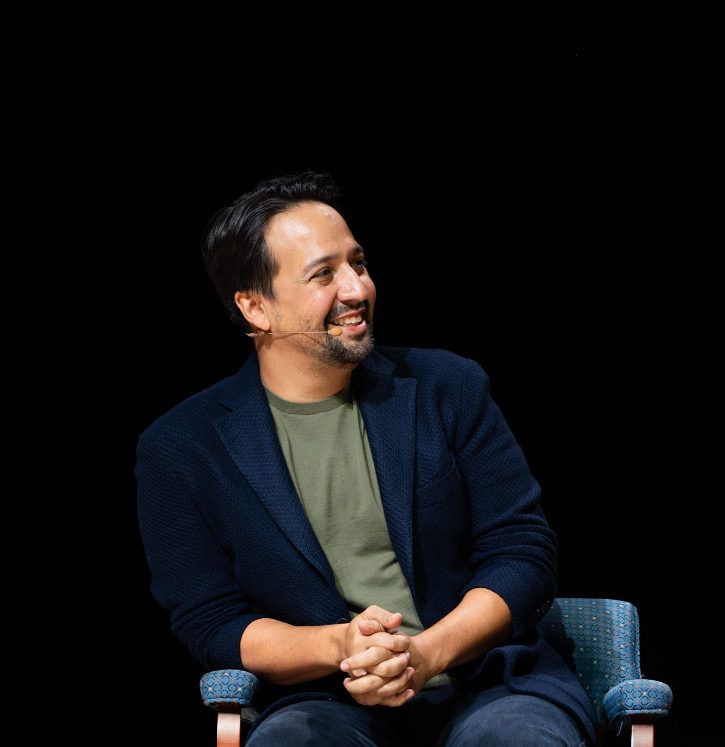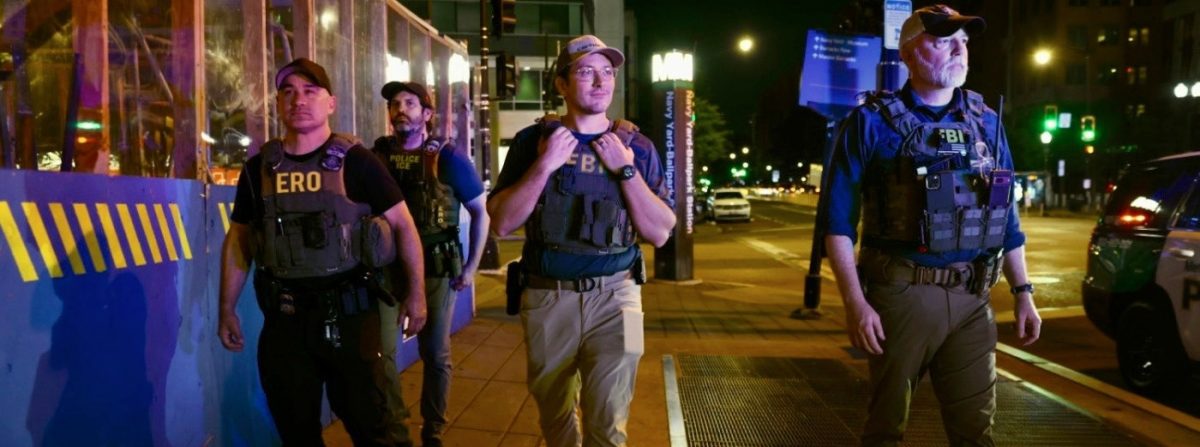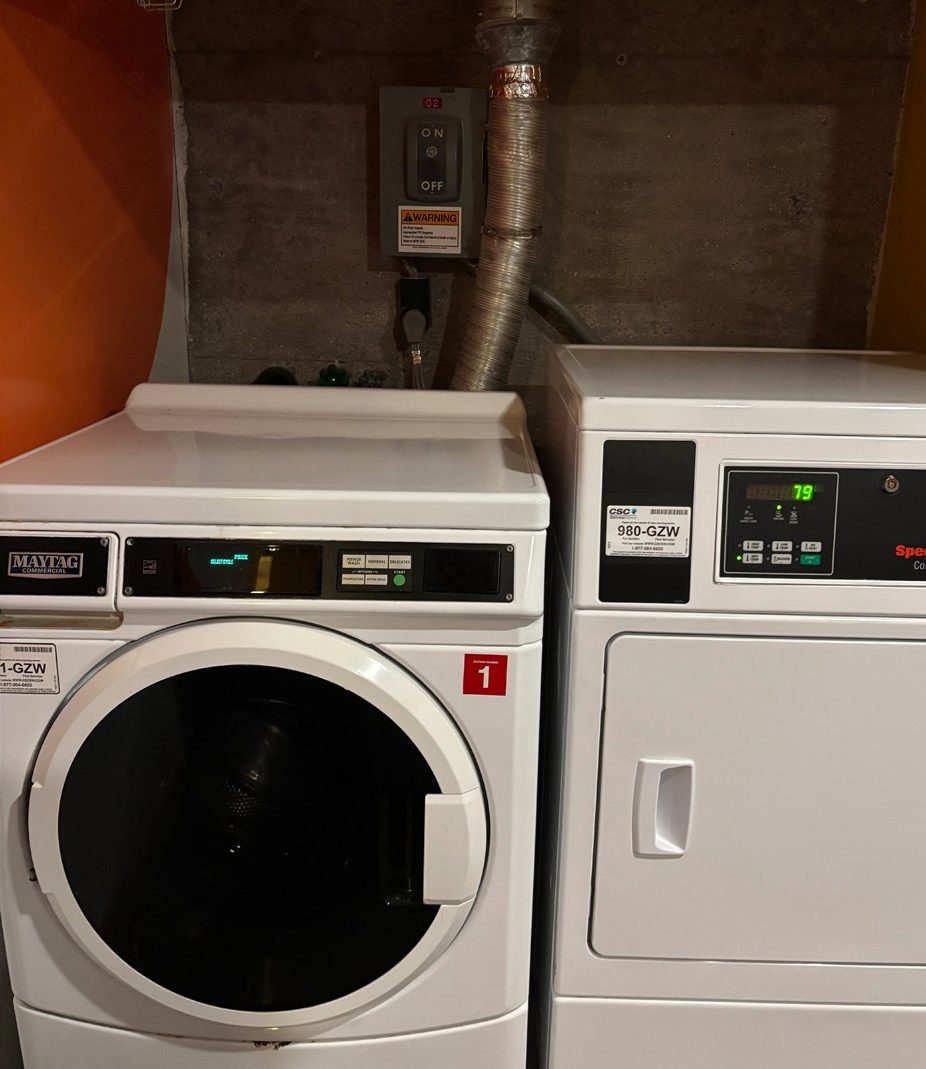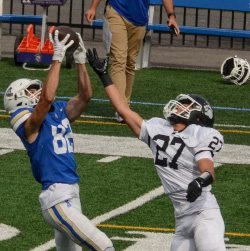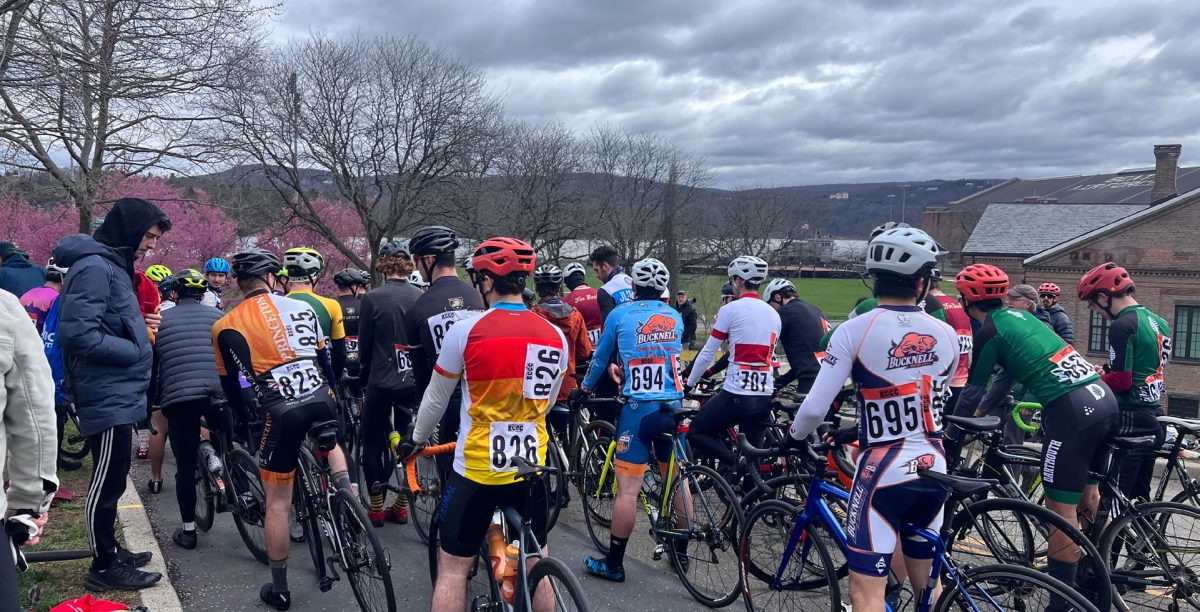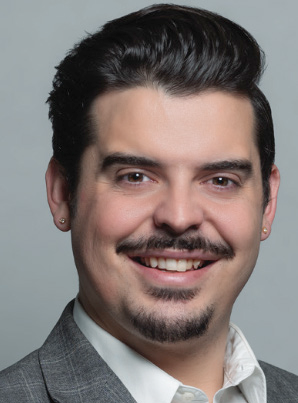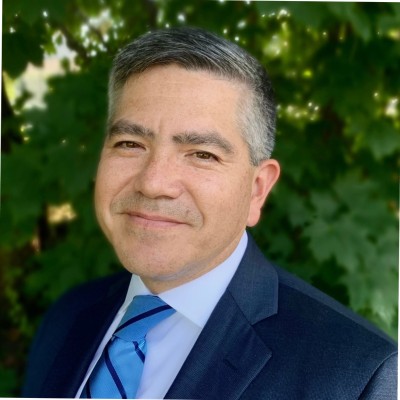
On Friday April 12, 2024, Associate Professor of Social, Cultural and Critical Theory and Spanish and Portuguese at the University of Arizona, Kaitlin Murphy, presented a lecture titled “Fear and Loathing in Monuments: Memory Activism and the Politics of Public Memory Spaces.” As an affiliate faculty member for the University of Arizona School of Art, the Human Rights Practice Program and the Charles E. Scheidt Faculty Fellow in Atrocity Prevention at SUNY Binghampton’s Institute for Genocide and Mass Atrocity Prevention, Murphy combined her various fields of expertise during the presentation. The lecture focused on the role of collective memory, the importance of public spaces, the perception of monuments on an individual and social level and how communities can express their respective history.
Murphy began her talk by setting the context for recent uprisings targeting monuments nationwide. In Virginia, Alabama and North Carolina, monuments, often depicting Confederate white men, were vandalized or destroyed. This comes at a time when “systemic racism, the Black Lives Matter movement, the Me Too movement, Supreme Court Justice Bret Kavanaugh’s controversial appointment and the COVID pandemic have had an undeniable impact on public consciousness,” Murphy highlights. As a result, it is evident that “protests involving these monuments, symbols for white male power, continue to harm the present.” Murphy asked the audience to reflect on what we should do about these monuments: should they be removed and destroyed, placed in parks dedicated for statues or be left with further context around their existence? More importantly, what effect do they have on the body politic?
Recounting the history of monuments in the United States, Murphy both defined and traced the rise of American monuments. These inventions, built in the public landscape, were “intended to commemorate a certain person or event alongside highlighting glory and pride,” said Murphy. In the 19th century, statues played an increasingly important role in forging national identity, especially with regards to breaking free from former British colonial rule. While statues of Columbus are the most widespread from a historical vantagepoint, “thousands of war memorias make part of American statue mania, reaffirming masculinity and identity,” noted Murphy.
Today, the statues themselves still hold the same symbolic importance they did centuries prior. However, recent debate around the topic has highlighted the “function of monuments as speech acts, which reaffirm narratives and add to a particular time and place.” Murphy underlined J.L. Austin and John Searle’s Speech Act Theory as being foundational to our modern-day perception of statues. Summarizing the theory, she argued that “speeches are like performances, successful speech acts do something, ushering in a new state of affairs rather than just being spoken.” In other words, while monuments aren’t good or bad, the “nature of the speech act determines whether it is controversial or not,” clarified Murphy.
In response to individuals that believe monuments are sacred keepers of history, Murphy asserted that “history is not set in stone. Privileging monuments as pedagogy is dangerous, since they valorize single persons in history when movements are actually led by larger groups.” Furthermore, “monuments detach the person from his context, since many were based on wishful reframing of the historical narrative,” she commented. While the symbolic weight of monuments should not be neglected, they should represent the broader communities in which they reside and less on individualistic desires,” Murphy stated.
Despite the potentially harmful nature of some monuments, Murphy also acknowledged that these very monuments might not get removed: “Many monuments will stay where they are and little change will be addressed. The removal of monuments will not remove the systemic racism, but with dialogue, we can move towards long overdue social change.”
Murphy then pivoted to discuss a case study that best exemplified the positive role monuments can play in community settings. In Bosnia and Herzegovina, a collection of 8,000 individual coffee cups come together in forming a monument recognizing its country’s past. Located in Srebrenica, each coffee cup represents an individual who lost their life at the hands of Bosnian Serbs during the 1995 Bosnian genocide. Murphy commends the monument for its role in “the push for collective memory in continuing to honor those individuals.”
Moreover, she added that “The actual gesture of serving coffee is for them, it is a tribute to those affected by the war.” Through this art-based monument, Murphy understands its weight in “breaking silences and transforming communities while dealing with trauma and restoring human dignity.”
In concluding her remarks, Murphy hopes conversations over the future of monuments can continue in years to come. These conversations are “how democracies and cultures are maintained, through community building, empathy and dialogue.” To conclude, Murphy recognized that, “speech acts give us the chance to proclaim our commitment to a better future. In this, some statues will inevitably be removed, while others will be melted down or thrown into a river.”

